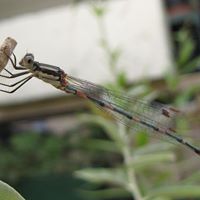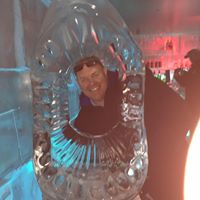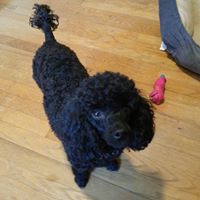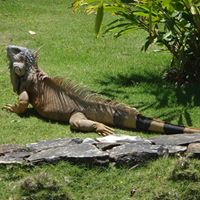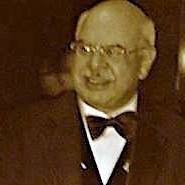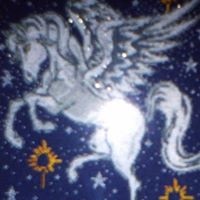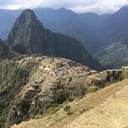As of 2019 what is the fastest recorded time taken to make a coat for a man from the wool of a sheep?
Mr John Coxeter, a cloth manufacturer and owner of Greenham Mill in Newbury, and Sir John Throckmorton of Buckland House in Faringdon entered into a wager of 1,000 guineas (=£82,620 in 2018 or USD 102,623) that in 24 hours Coxeter could make a sheep's coat at sunrise into a man's coat at sunset.
On 25th June, 1811, at 5am, Coxeter arrived at his mill-yard with Frances Druett a shepherd and two sheep. The sheep were sheared and the wool was washed, stubbed, roved, spun and woven. At 4pm, after 11 hours, the cloth was finished, after being scoured, fulled, tented, raised, sheared, dyed, and dressed. Mr James White a local tailor and his 9 tailors cut the cloth, stitched the measured shaped pieces together, pressed the garment and then sewed on the buttons.
At 20 minutes past 6pm, the task was completed in just 13 hours and 20 minutes to the amazement of the crowd. The coat was made in the style of a large hunting coat with tails and coloured in the then admired dark Wellington blue.
As it came to be known, “The Newbury Coat” attracted a great deal of attention when it was exhibited at the Great International Exhibition in 1851.
On 21st September 1991 at the Newbury Agricultural Show, a second identical “Newbury Coat” was made using the same processes, materials and machinery as previously used in 1811. The 1811 time was beaten by just under an hour, in 12 hours 36 minutes (& 26 seconds). That coat can now be seen at the West Berkshire Museum in Newbury.
More Info:
www.newburyhistory.co.uk

